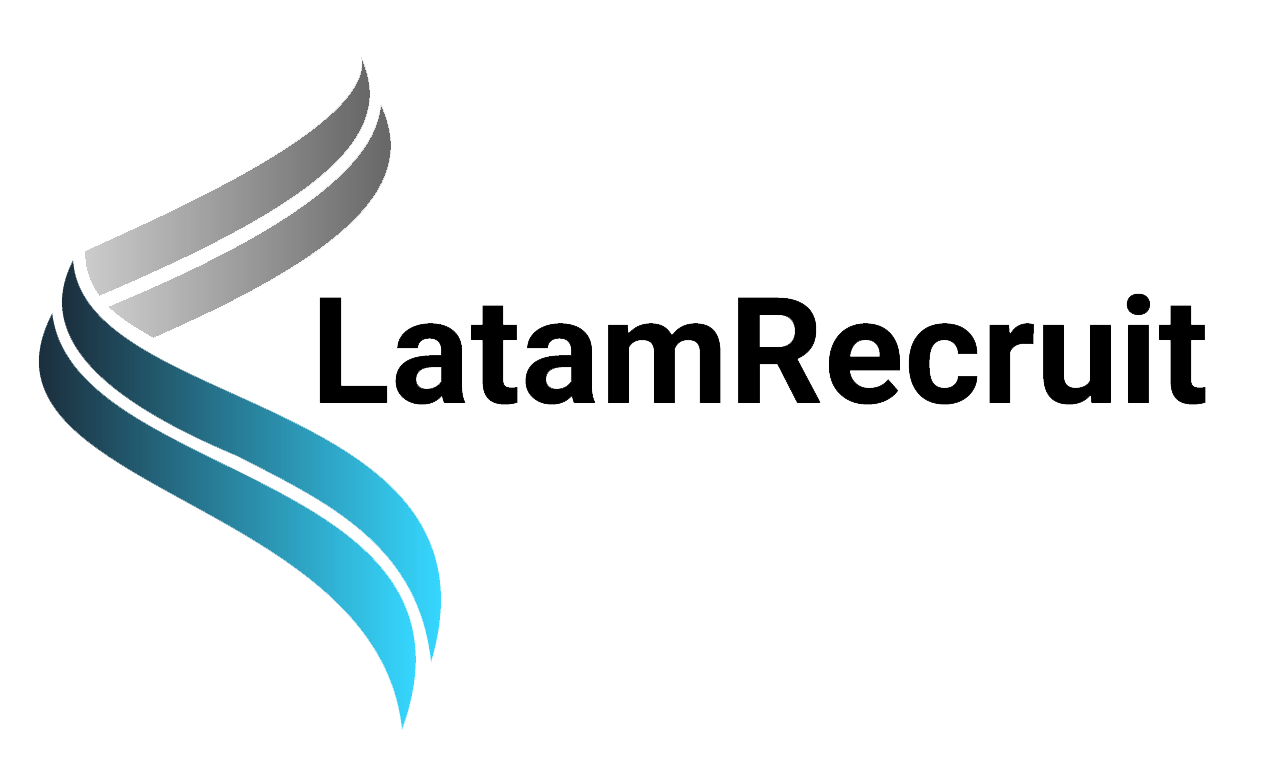In today’s fast-paced and increasingly interconnected world, technology has revolutionized various aspects of our lives. One area where technology has made a significant impact is in the field of headhunting. Headhunting, also known as executive search or talent acquisition, is the process of identifying and recruiting top-level professionals for key positions within organizations. With the advent of new technologies, the headhunting landscape in Latin America (LATAM) has experienced substantial changes, bringing both challenges and opportunities to the industry. In this blog post, we will explore the impact of technology on headhunting in LATAM and discuss how it has transformed the way talent is sourced, assessed, and hired.
Enhanced Candidate Sourcing
Traditionally, headhunters relied on personal networks and referrals to identify potential candidates for executive positions. However, technology has revolutionized candidate sourcing by providing headhunters with advanced tools and platforms. Job portals, professional networking sites, and online databases have made it easier for headhunters to access a vast pool of talent. They can now conduct targeted searches based on specific criteria such as skills, experience, and location, thereby widening the scope of their search beyond personal networks.
Data-Driven Decision Making
With the abundance of data available online, headhunters in LATAM now have access to valuable insights about potential candidates. By leveraging technology, headhunters can gather and analyze data on candidates’ career histories, qualifications, and achievements. This data-driven approach enables them to make more informed decisions and identify candidates who align with the organization’s requirements. Artificial intelligence (AI) algorithms can even help identify patterns and predict candidate success, streamlining the selection process.
Streamlined Assessment Processes
In the past, assessing candidates for executive positions often involved multiple rounds of interviews and extensive manual evaluation. However, technology has streamlined the assessment process in headhunting. Online video interviews, virtual assessment centers, and psychometric tests conducted through online platforms have reduced the need for in-person meetings, saving time and resources. These technological advancements have made it possible for headhunters to evaluate candidates remotely, enabling faster and more efficient decision-making.
Increased Reach and Globalization
Technology has played a crucial role in breaking geographical barriers and expanding the reach of headhunters in LATAM. Digital platforms and communication tools have made it easier for headhunters to connect with candidates from different regions and even other countries. This has not only increased the talent pool but also facilitated cross-border recruitment. Headhunters can now identify and engage with highly qualified candidates globally, ensuring that organizations have access to the best talent available.
Changing Client Expectations
As technology continues to evolve, client expectations in the headhunting industry have also changed. Organizations now expect headhunters to leverage technology to deliver faster and more efficient results. Clients want real-time updates on the progress of the search, access to candidate profiles through online portals, and data-driven insights to support their decision-making. Headhunting firms in LATAM need to adapt to these changing expectations and invest in the right technology tools to stay competitive in the market.
Talent Relationship Management
Technology has enabled headhunters to build and maintain stronger relationships with candidates, even beyond the recruitment process. With the help of customer relationship management (CRM) systems and applicant tracking software, headhunters can create comprehensive candidate profiles, track interactions, and nurture talent pipelines. This fosters long-term relationships, allowing headhunters to tap into their networks when new opportunities arise, enhancing the efficiency of future searches.
Increased Competition and Demand for Adaptation
With the rise of technology in headhunting, the industry has become more competitive. The ease of access to candidate information and the ability to reach a broader talent pool have led to an influx of headhunting firms and individual recruiters in LATAM. To stand out in this competitive landscape, headhunters need to embrace technology and continuously update their skills. They must stay updated with the latest recruitment tools, platforms, and strategies to effectively compete and deliver value to their clients.
Data Privacy and Security Concerns
While technology offers immense benefits in headhunting, it also raises concerns about data privacy and security. Headhunters deal with sensitive candidate information, including personal details, employment history, and qualifications. It is crucial for headhunting firms in LATAM to implement robust data protection measures, comply with privacy regulations, and ensure the secure storage and transmission of candidate data. Maintaining trust and confidentiality is essential to building strong relationships with both candidates and clients.
Adaptation to Cultural and Local Context
Technology may bring standardized processes and tools, but it is crucial for headhunters in LATAM to adapt them to the local and cultural context. Each country in the region has its own unique business practices, professional networks, and recruitment norms. Headhunters need to strike a balance between leveraging technology and understanding the specific requirements and nuances of the local market. This adaptability will help them effectively connect with candidates and build relationships based on trust and cultural understanding.
Continuous Learning and Upskilling
As technology rapidly evolves, headhunters must prioritize continuous learning and upskilling to stay relevant. They need to invest in training programs and workshops that focus on the latest trends in technology, recruitment strategies, and data analysis. By staying up to date with technological advancements, headhunters can leverage new tools and techniques to deliver better results and provide a competitive edge in the industry.
In conclusion
technology has had a profound impact on headhunting in LATAM. It has transformed the way candidates are sourced, assessed, and hired. Technology has expanded the reach of headhunters, enabled data-driven decision-making, streamlined assessment processes, and fostered stronger candidate relationships. However, it has also increased competition, raised concerns about data privacy, and necessitated adaptation to the local context. To thrive in this evolving landscape, headhunters in LATAM must embrace technology, continuously update their skills, and prioritize cultural understanding while leveraging the benefits that technology brings. By striking the right balance, headhunters can harness technology to identify and recruit top-level talent, driving success for both candidates and organizations in the region.



